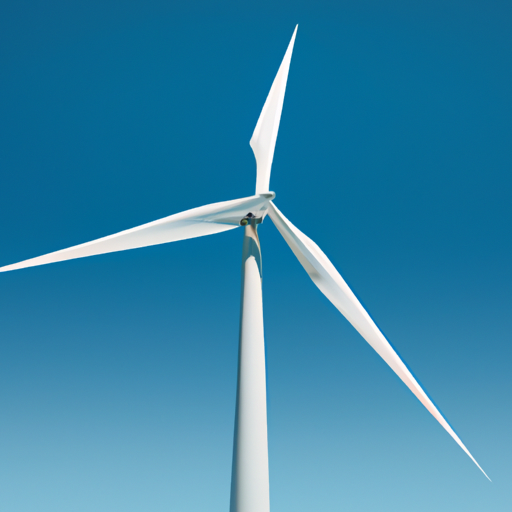The increasing size of wind turbine blades demands superior and durable materials that can last over two decades. The longevity of these materials brings issues of recyclability into sharp focus, leading researchers at the National Renewable Energy Laboratory (NREL) to explore efficient and cost-effective methods of developing larger turbine blades with recyclable materials.
Securing Funding to Propel Research
The research efforts are buoyed by a fresh round of funding from the Institute for Advanced Composites Manufacturing Innovation (IACMI) which will bolster their investigations for five more years. NREL, among six other institutions, is set to receive part of a $30 million research grant from IACMI, a collaboration between the U.S. Department of Energy’s Advanced Materials & Manufacturing Technologies Office and the University of Tennessee Research Foundation. Out of this, $4.1 million will be directed to NREL, aiding its efforts to manage the wind energy technology area of IACMI, focusing on innovative composite materials and improving turbine blade manufacturing processes.
The Objective of the Research
Senior wind technology engineer at NREL, Derek Berry, underscores the main goal: advancing technology to produce longer and lighter blades that can harness more energy. Accordingly, this would reduce the levelized cost of wind energy. This is the second round of funding IACMI has received, following an initial $70 million awarded back in 2015.
Driving towards Recyclability
Director of the National Wind Technology Center at NREL, Daniel Laird, is confident that the renewed funding will push research towards more sustainable technologies for wind turbine blades. Alongside the IACMI grant, the Colorado Office of Economic Development and International Trade (OEDIT) has pledged to match the $4.1 million of federal funding to boost research over the next five years, aiming to aid the creation of a Colorado-based industry around composite materials.
Reassessing Current Manufacturing Techniques
Historically, wind turbine blades were made with thermoset resin systems which produce strong chemical bonds making blades incredibly hard to recycle. Nowadays, with sustainability at the forefront of public consciousness and manufacturers having to ensure their green credentials, recyclability becomes key. Today’s manufacturers are looking into thermoplastic resin systems, which can easily be separated at the end of their life cycle, increasing their recyclability.
Introducing Automation to Enhance Efficiency
The NREL team is also investigating automation to streamline the manufacturing process of wind turbine blades. According to Berry, automation can assure the quality of each blade and speed up the manufacturing process, ultimately lowering costs. Earlier, automation was deemed too expensive and slow, but significant progress in this area has been made, Berry mentions.
Expanding Research Horizons with CoMET
Initial funding from IACMI has invigorated research in several aspects of manufacturing. Berry attributes the creation and expansion of NREL’s Composites Manufacturing Education and Technology (CoMET) Facility to the funding provided by IACMI. CoMET, located on NREL’s campus outside Boulder, Colorado, has transformed into a center of collaboration, with industry researchers working along with NREL scientists to upscale their prototypes.
Targeting Quality to Minimize Costs
Berry emphasizes the importance of quality, indicating its potential to cut costs due to the reduced need for operations and maintenance work. This is all the more critical as more offshore wind turbines come into operation. A part of the new IACMI research will be to ensure NREL’s research aligns with offshore applications as well.
Impact of NREL’s Research
The ultimate aim of NREL’s participation in IACMI is to foster wind energy deployment globally by facilitating the production of the required turbines. Berry underscores: “It all comes down to reducing the levelized cost of wind energy.”
To learn more about NREL’s turbine blade manufacturing research and wind energy research, and opportunities for partnership with NREL through CoMET, visit their website.
Article rewritten based on original content by Tiffany Plate, courtesy of NREL.
